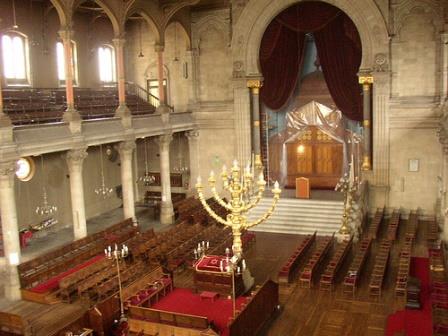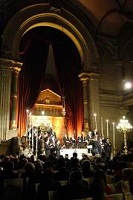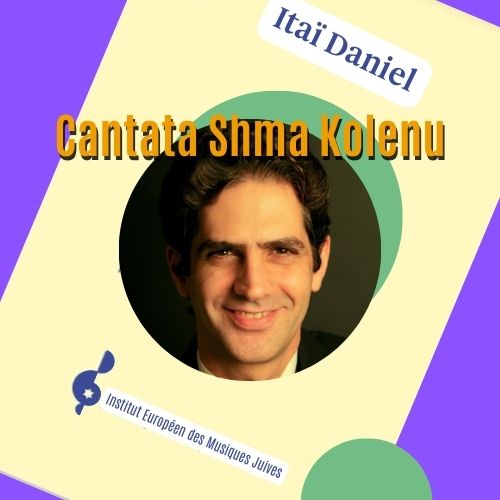
Bordeaux’s synagogue, Wednesday May the 3rd
Mysterious and captivating, Jewish music express the soul of a people who spent the major part of its existence in exile. In the beginning, antique Hebrew music is rooted in Sumerian, Babylonian, Assyrian and Egyptian music. Between the 4th century before J.C. and the 1st century of the Christian era, Judea endures the cultural influence of Greek and Roman civilizations, reflected by the names of the Greek instruments in the book of Daniel.
After the destruction of the Temple (70 after J.C.) and the beginning of the diaspora (130 after J.C.), the synagogue becomes the center of 
Nowadays, the Jewish musical panel is more than ever subject to an accelerating process of evolution and mutation.
Hervé ROTEN is ethnomusicologist, has a PhD in musicology from the Paris IV Sorbonne University, he is the director of the European Institute for Jewish Music, and is the author of several articles, books, and records dealing with the various aspects of the Jewish musical traditions in France and worldwide.



